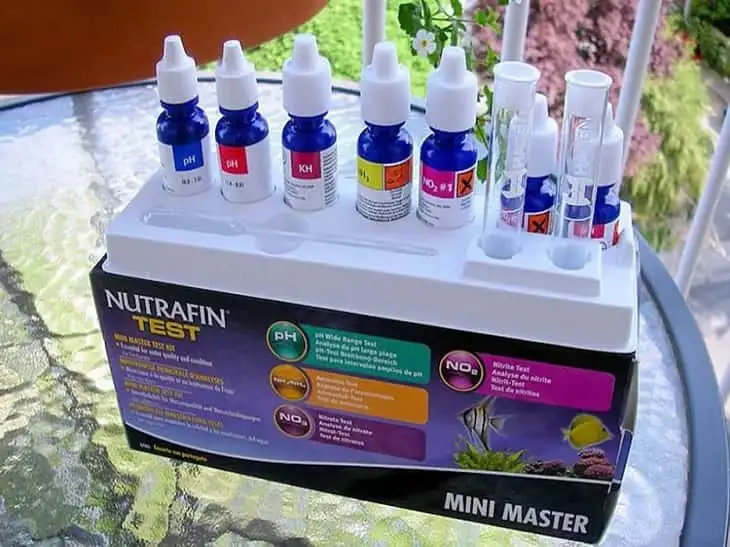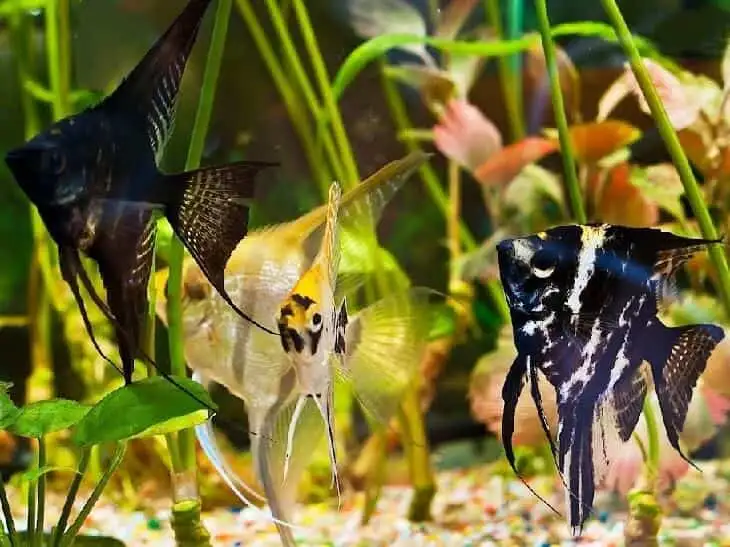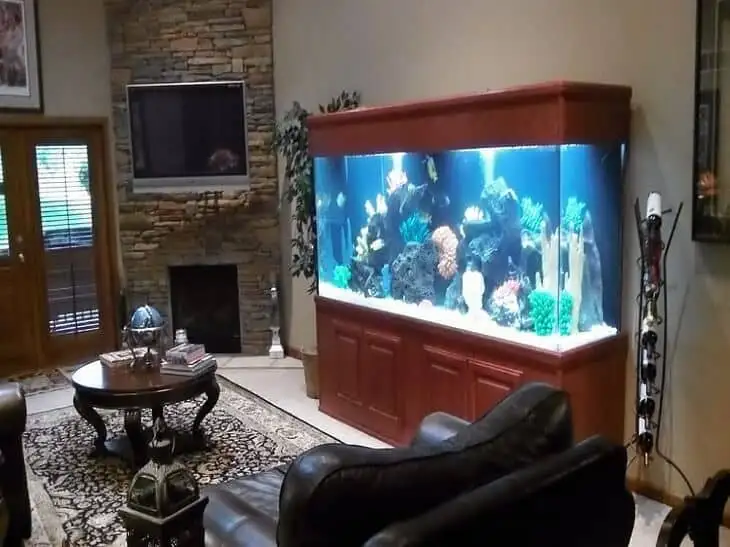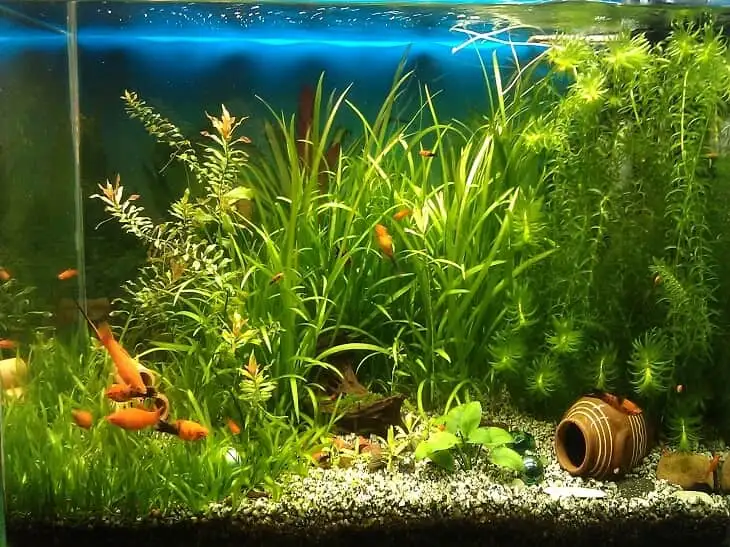HOW TO CHECK THE WATER IN AN AQUARIUM

It is very important to test the water parameters periodically in a newly started aquarium. This will avoid fish mortality, as the concentration of ammonia and nitrite increases rapidly in a new aquarium.
Test kits should be considered as part of the operating costs associated with maintaining an aquarium. If you can not afford to buy water test kits or feel that you can not do the job yourself, then, contact one of the firms that provide these services, and you will be voiced the cost of monthly testing. Compare the cost of these services with the cost of the test kits, and you may want to do these simple measurements yourself ;)
Which kits?
The most important are the pH, nitrite and nitrate water tests. Phosphates are worth checking if you have algae problems. All tests should be logged so you have information on how the water parameters change over time.
Ammonium
Ammonia levels will be elevated in a new aquarium. It should be noted that, even in mature aquariums, its concentration may be elevated if the water is not changed systematically, the water filters are not kept clean, or drugs that disturb the biological equilibrium are used.
Ammonia tests should be carried out monthly in the aquarium. Each time a diseased or dead fish appears in the aquarium, the water should immediately be tested for ammonia concentration. If ammonia is detected in the water, you should take immediate action to get rid of it, as it is extremely toxic to fish.
pH
The pH value is the most frequent cause of stress in fish, which may eventually lead to their death. Fish are very sensitive to sudden changes in pH value, even a change of 0.2 units often results in stress or death of the fish if it occurs suddenly.
The water acidity can and will change over time. Fish and waste products, water evaporation, topping up and water hardness will all contribute to changes in pH value. As a general rule, the pH of the water should be checked once a month and when any disease or death of the fish occurs.
If the pH of the aquarium water changes suddenly or drifts regularly over time, you should check the KH (carbonate hardness) of the water.
Nitrite
During the start-up of a new aquarium, nitrite levels are very often high, which can lead to fish kills. Any increase in nitrite levels is a red flag that indicates a problem in the aquarium. If the fish become ill or die, it is advisable to check the nitrite concentration to make sure it does not exacerbate the problem. The only way to quickly reduce elevated nitrite levels is to change the water.
Nitrates
Although nitrates are not as toxic as ammonia or nitrite, they too need to be controlled to avoid stressing the fish. Nitrates may also be a source of algae problems. Nitrate concentrations will increase over time and can only be reduced by water changes. Monthly tests are important, particularly when rearing fish, as young fish are more sensitive to nitrates than adults.
Phosphates
Whenever someone complains that they cannot win the battle against algae, phosphate immediately comes to mind. Phosphate serves as a nutrient for algae, and its elevated levels will certainly add to your algae problems.
Although seldom discussed, the main reason for increased phosphate levels is dry fish food - particularly overfeeding with low-quality foods with a high phosphate content. If you are experiencing excessive algae growth in your aquarium, check the water for phosphate.




